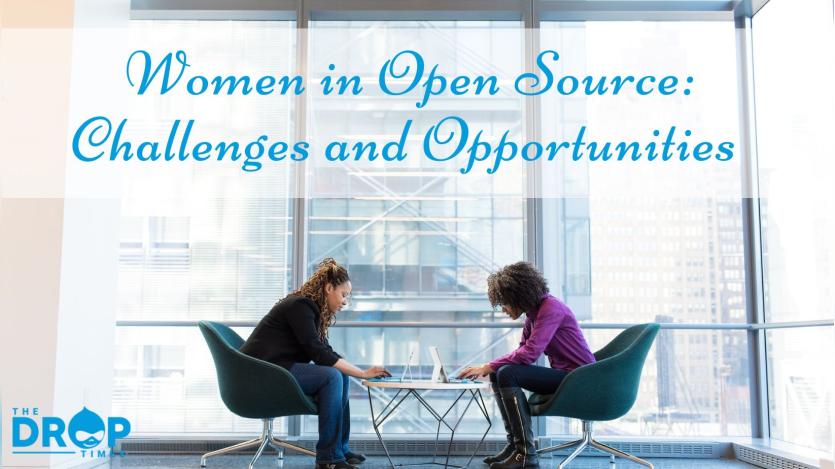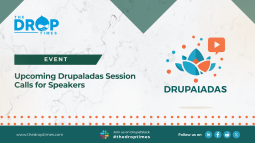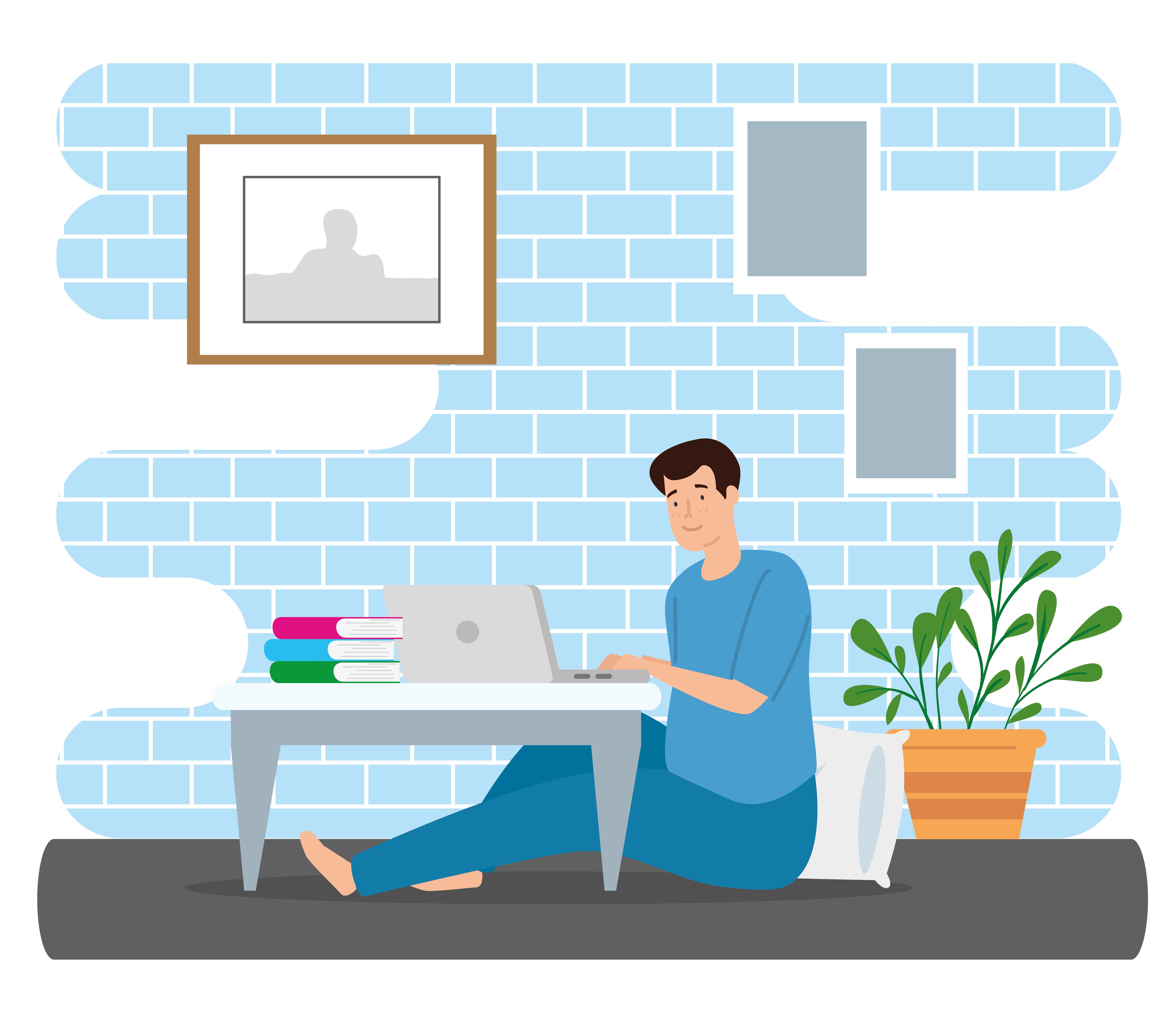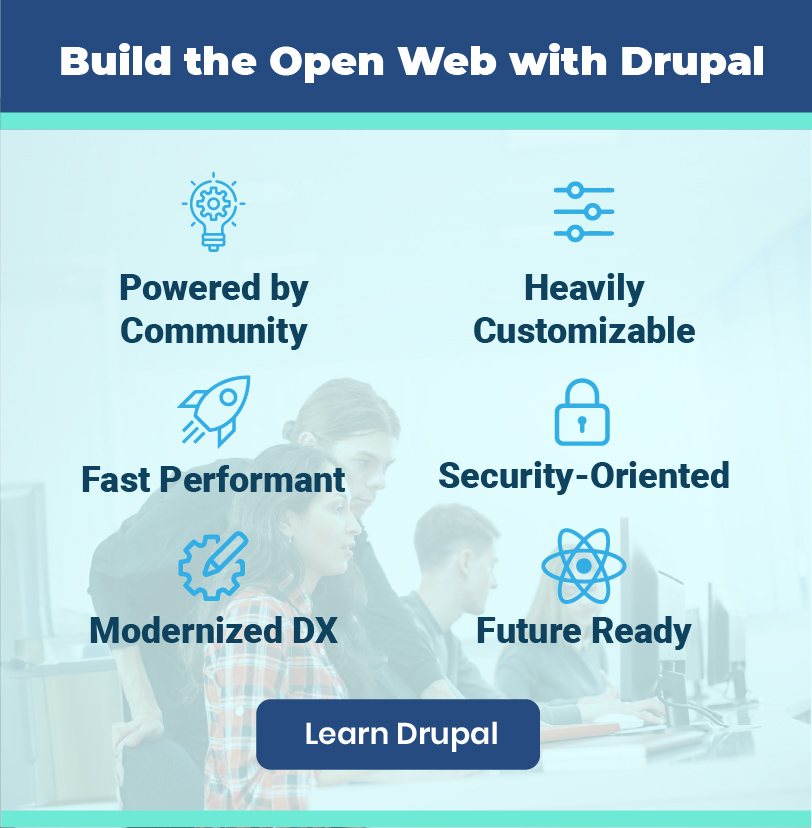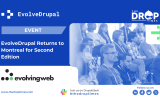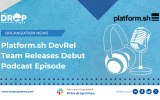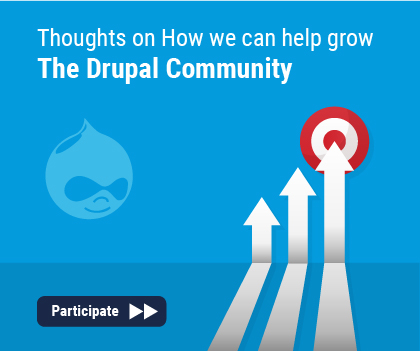Women in Open Source: Challenges and Opportunities
Technology consumers include people of all generations, genders, and ethnicities, yet the same cannot be said for those who contribute to the development of technology. Tech has long had a diversity problem and the fact that women are underrepresented in tech is nothing new. But the representation of women in open source is even worse.
Robert L. Mitchell in his article ‘Women Computer Science Grads: The Bump Before the Decline’ said that in 2011, 28% of Computer Science(CS) masters degrees went to women. Even though there was a clear drop in the number of women getting CS masters in 2011 the question still remains: why are the numbers in the open source community so much lower?
Is Open Source Open to Women?
It can be clearly seen in the 2017 community survey by GitHub where a mere 3% of the respondents identified as women. The reasons for this are many, but the main one even today remains that open source communities can be unfriendly to women developers.
Considering the past experiences it takes a great deal of confidence to contribute to open source. Sometimes it can get difficult for female developers to be able to overcome this fear. Commenting on an article one female developer says:
“In regards to the open source projects - I’ve been thinking about this recently. I actually haven’t committed to any and it definitely puts a kink in my career… I feel like it’s a circle I can’t get into. But mostly I fear the excessive spotlight of being a sole female programmer on a publicly available project. In light of how women are treated on the internet, this fear does not seem unreasonable.”
This doesn’t mean that there are no female contributors out there. Katrina Owen started Exercism.io, a popular project with several female contributors. We even have Bodil Stokke who has contributed to open source in a wide variety of ways over the course of her extensive career. We also have women leaders like Nithiya Ruff, the director-at-large on the Linux Foundation Board and Head of Comcast's Open Source Program Office.
The numbers clearly show how far we need to go to include women in the open source community. Not just in non-coding related roles but also in the roles of leaders. But what is it that restricts women from getting involved in open source?
Challenges for Women in Open Source
Before we begin to answer this question let’s first clear out the misunderstanding that women contribute less to open source because they have no desire to improve open source code. Because the same GitHub survey states that 68% of women open source developers are interested in making open source contributions, compared with 73% of men.
Now that we know that women are interested in making contributions let’s understand what is stopping them.
- Harassment at workplace: Harassment at work for women in tech is a major contributor for the migration of women out of tech by the mid-point of their careers.
- Lack of peer parity: According to a research paper on ‘Women’s Participation in Open Source Software: A survey of the literature,’ 72% women feel outnumbered and 24% women feel alienated. They feel more comfortable and accepted by other women colleagues. Lack of support from management is also something that demotivates women to continue.
- Non-inclusive communication: Use of awkward communication styles in bitter or sarcastic talk about which code piece should be incorporated, and terms usually associated with men can demotivate women. Even if individuals working within a system are not biased, it is still possible for those systems to become biased.
- Toxic culture: Incidents of symbolic violence and sexism against women can bring hostility as they may already be hesitant about how they will be received.
- Compensation: Compensation is another contributing factor for the withdrawal of women from tech, as women engineers earn $0.83 for every dollar a man in the same position makes.
- Imposter syndrome: Like we discussed earlier it takes confidence to contribute to open source and women despite being competent lack self-confidence to publicly display their work. Consequently, initiating a pull-request to a new repository can be problematic due to women’s competence-confidence gap. And if lesser female software engineers are being hired, then this effect could trickle into open source communities like GitHub.
- Community reception issue: Many women have felt that a few male mentors upon discovering their mentee’s gender, can treat the relationship as a dating opportunity. This makes it difficult to find the right mentor and has also led to women creating fake GitHub accounts to hide their gender. Though the cases may have gone down over time, the effect is still present.
- Stereotyping: People also have unconscious biases and this only adds to the problem. Women or rather people for long have been boxed into certain gender roles and even today limit themselves and others to it.
- Gender-identified contributions: According to Canedo’s survey, one-third of the 36 women who answered the survey reported that reviewers had not accepted at least one of their contributions due to gender bias. And women have a 12% lower acceptance rate when they explicitly identify themselves as women, comparable to 3.8% for men who disclose their gender. Moreover, 11.4% of the women participants recognize gender bias while someone assesses their contributions.
Opportunities for Women in Open Source
Women like men have n-number of opportunities in open source. But they may be limited due to reasons like low income, limited opportunities, personal or family problems. In a means to offer women the opportunity to enter open source there are many internships, fellowships and scholarships offered by different groups and companies like Red Hat and Open Source Diversity. Companies like IBM are also coming out and offering grants to organizations like Girls Who Code in an effort to have a more inclusive community and reduce the gender gap. Organizations like Red Hat are working with Historically Black Colleges and Universities (HBCU), GItHub and the Linux Foundation to have an “All In” program to help expose more students to open source and create a more inclusive community. The possibilities are endless all women need to do is believe in themselves and take a leap.
How to get more Women in Open Source?
Getting more women involved not only in open source but also in the tech industry is a highly-discussed topic right now, and the rise of coding bootcamps that require contributions can have a positive impact. As a company or project head you need to issue and ensure implementation of codes or conduct, promote women to leadership positions, offer mentorship and focus on improving tools that showcase gender bias. If you are leading a team the best way to distribute work is by focusing on the talent or the will to learn. Don’t distribute work in a biased way.
You as an individual can try and create interaction guidelines to help those who are new to the community. Simply explaining what etiquettes or practices are good for different skill levels can also be helpful.
According to a study by the University of Massachusetts, women engineering leaders who had women mentors reported increased levels of motivation, self-assurance, and lower anxiety levels than those who had a male mentor, or no mentor at all. So if you are women and are in a position to mentor others then this is how you encourage more women to be part of the open source community. Sometimes even just sharing your journey can help motivate others as it demonstrates to other women that pathways for advancement exist.
There is no magical cure for the scarcity of women in open source. In order to address this issue, leaders within the tech industry need to maintain a commitment to creating work environments that are diverse, inclusive, and free from harassment. Also, companies must serve as role models for the next generation of women in technology by promoting women, especially to leadership positions.
One of the bright spots here is that more projects are implementing inclusive practices. Tools like GitHub and GitLab have made it easy for anyone to learn how to build a community and make it inclusive, as they prompt and guide them to make the right decisions. A number of books, articles, and talks exist to help define a good project and how to get started.
Another important point that needs to be addressed is that you do not have to be a computer programmer to participate in open source. Code was and is highly valued and rewarded by the institutions of open source. For example, organizations like the Apache Software Foundation for years qualified someone “member status” only for coding and technical contributions. But that’s changing. We now have women like Sharan Foga, Danese Cooper and Sally Khudairi, who brought other fundamental skill sets to the table that matter. In the same way that you don't have to be a technologist to work in technology, you don't have to be a developer to work in open source.
Although it is a long journey ahead, there are indications that many projects have already recognized the quality of contributions from women developers. There is a mutual effort across communities to make working in open source more interesting and entertaining.
Source:
Note: The vision of this web portal is to help promote news and stories around the Drupal community and promote and celebrate the people and organizations in the community. We strive to create and distribute our content based on these content policy. If you see any omission/variation on this please let us know in the comments below and we will try to address the issue as best we can.


